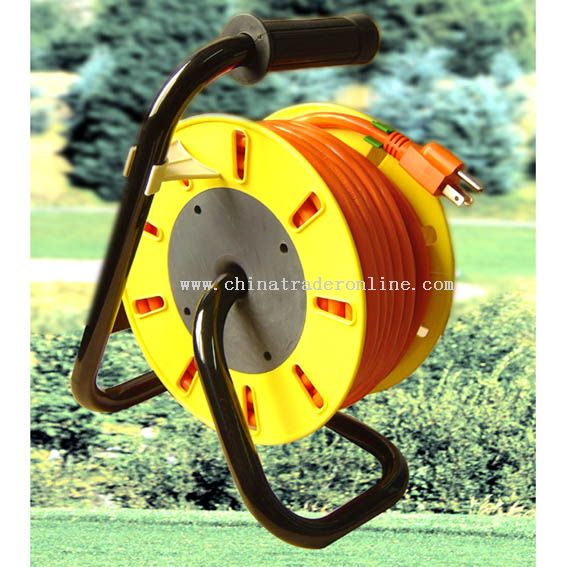I got permission to use the 120 volt receptacles in my parking garage and recently saw this project: http://www.aprs.org/charging-DIY.html" onclick="window.open(this.href);return false; so now I've finally got a use to put together an OpenEVSE mounted in the car. Are there any other threads that discuss implementing this idea?
The goal is a clean and safe solution for quickly charging from 120 volt receptacles that doesn't require opening the hood.
On the safety side I want to use an OpenEVSE in a water proof box and a shortish #14 cord reel mounted in the engine compartment defaulting to say 10 amps. Then depending on the J1772 plug setup a switch or a method of turning off the charger before unplugging.
That leaves what do for a J1772 plug:
The DIY J1772 plug that Bob Bruninga in the above link created scares me a bit. Mainly that's because he hasn't released how he created it.
I also looked at various off the shelf plugs and thus far I haven't seen one that would at all come close to fitting in the less than 3 inches between the cover and the port unless you hack it up and break the latching mechanism, and even then not sure how well that would fit nor would it likely be safe/clean.
I've seen it mentioned here about tapping into the wires. That could probably be done somewhat safely but I'm going to put that in the not clean category. The other issue is to undo it would likely require replacing the port and its attached harness which appears to cost over $400.
The last idea that I have which I think would be safe and clean is to hack into the wiring harness using the OEM plugs. The charge port connects right near the front of the engine compartment. Reading the service manual I'm not sure if I'm seeing the right connection but it looks like it's either Connector number: H6 and Connector Type: TM03FOR or Connector number: H8 and Connector Type: HV03FOR I would need the male and female version of the connector that is on back of the charge port part number: 296B1M 296B1-3NA0D
So the idea would be to find male and female versions of that plug then basically create a Y to the EVSE. The pilot/proximity signals would need a switch so you could disable the onboard EVSE.
Fro
So that gets me to my real question. What is the likelihood that we could find the correct connectors to use? The physical connector doesn't seem to have any external markings to indicate a part number.
Thanks!
The goal is a clean and safe solution for quickly charging from 120 volt receptacles that doesn't require opening the hood.
On the safety side I want to use an OpenEVSE in a water proof box and a shortish #14 cord reel mounted in the engine compartment defaulting to say 10 amps. Then depending on the J1772 plug setup a switch or a method of turning off the charger before unplugging.
That leaves what do for a J1772 plug:
The DIY J1772 plug that Bob Bruninga in the above link created scares me a bit. Mainly that's because he hasn't released how he created it.
I also looked at various off the shelf plugs and thus far I haven't seen one that would at all come close to fitting in the less than 3 inches between the cover and the port unless you hack it up and break the latching mechanism, and even then not sure how well that would fit nor would it likely be safe/clean.
I've seen it mentioned here about tapping into the wires. That could probably be done somewhat safely but I'm going to put that in the not clean category. The other issue is to undo it would likely require replacing the port and its attached harness which appears to cost over $400.
The last idea that I have which I think would be safe and clean is to hack into the wiring harness using the OEM plugs. The charge port connects right near the front of the engine compartment. Reading the service manual I'm not sure if I'm seeing the right connection but it looks like it's either Connector number: H6 and Connector Type: TM03FOR or Connector number: H8 and Connector Type: HV03FOR I would need the male and female version of the connector that is on back of the charge port part number: 296B1M 296B1-3NA0D
So the idea would be to find male and female versions of that plug then basically create a Y to the EVSE. The pilot/proximity signals would need a switch so you could disable the onboard EVSE.
Fro
So that gets me to my real question. What is the likelihood that we could find the correct connectors to use? The physical connector doesn't seem to have any external markings to indicate a part number.
Thanks!




